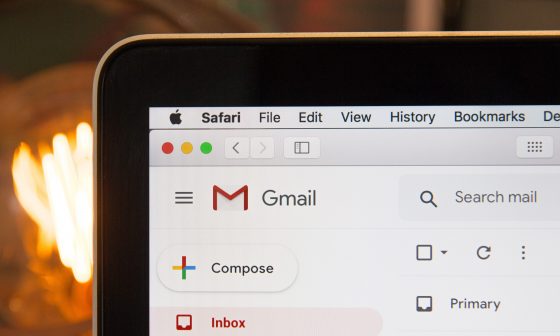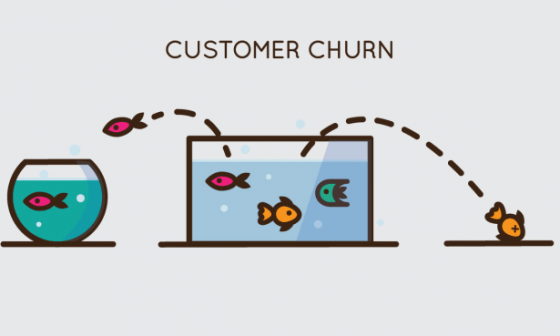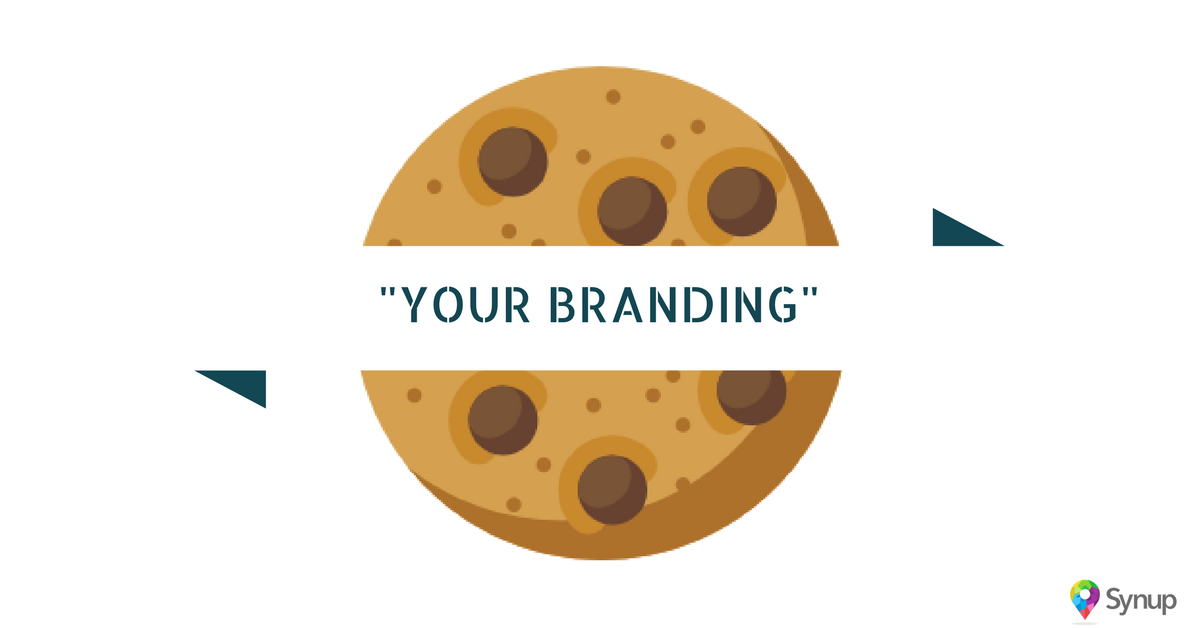Raise your hand if this sounds familiar. Your recent marketing campaign pulled in a record number of leads. However, you’re not seeing a corresponding or significant increase in sales.
It’s one thing to attract potential buyers. It’s another to turn them into actual customers. That’s the difference between lead generation vs lead nurturing. The first attracts. The latter converts.
Today’s customers are sophisticated. They make purchase decisions after research and careful consideration. You can’t produce a flashy ad and hope for the best. You must demonstrate why they should choose your product or service over your competitor’s.
This post explores what lead generation and lead nurturing are, their benefits, and how to deploy both for business success. We’ll also shed light into whether a lead generation vs lead nurturing debate should exist.
Let’s start with the basics.
What Is Lead Generation?
Lead generation refers to the process of collecting the contact information of potential buyers. These people show an interest in your brand, product, or service by
- Clicking your online ads
- Visiting your website
- Engaging with your social media content
Digital lead generation uses lead capture forms to collect the relevant information.
Below is an example of a lead generation form.
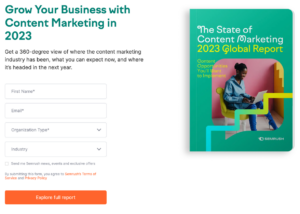
Source: SEMrush
Typical form fields include name, work email, and industry.
For B2C customers, you typically see two fields for name and email.

Source: Frankbody
To get customers to share their information, you must offer something of value. For B2B customers, it could be a relevant industry report, a webinar, or an online event. For B2C customers, a discount works well.
The goal of lead generation is to produce many marketing-qualified leads. The qualification part is crucial. You don’t want to waste your lead generation efforts on prospective customers who aren’t able to buy your products.
Want to read more? Here’s a complete guide to lead generation for marketing agencies
Why Use Lead Generation Strategies?
Lead generation strategies offer many benefits.
- Generate awareness
Lead generation strategies expand your reach. Strategies like SEO and PPC place your brand in front of target audiences, while content marketing educates leads about your products and services.
- Help you target ideal customers
Lead generation takes a targeted approach, helping drive high-quality prospects to your brand. The result is more conversions for you.
- Help you profile prospective clients
Collecting customer information like industry or job function provides insight into who’s interested in your products. That allows you to identify and target the correct audience, maximizing your marketing effort.
- Aids in growing your market potential
Lead generation strategies provide your sales funnels with a steady flow of high-quality leads. The more qualified leads you have, the higher the chances of conversion and the greater your growth potential.
How to Effectively Generate Leads as a Marketing Agency?
Marketers use various digital marketing strategies to attract leads. Here are some of them:
SEO
Search engine optimization (SEO) generates leads by optimizing websites and content pages so they rank on search engines.
It comprises of
- On-page SEO – This is when you incorporate relevant keywords into your web content.
- Off-page SEO – This involves securing high-quality backlinks to your web pages.
- Technical SEO – This is when you improve your website’s underlying structure and performance.
You’ll have to optimize all three elements to increase your visibility on search engines. The higher you rank, the more exposure you get and the more leads you get.
Social media marketing
Social media platforms are a lead generation gold mine. 67.1% of the global population uses social apps to connect with businesses and each other.
There are several ways to generate leads on social media.
- Organic marketing: Just post the right social media content to attract the right leads.
- Leverage influencers. Ask an influential content creator to help you promote your brand. With influencer marketing, you get immediate access to thousands of targeted customers who trust your brand because of its affiliation with their favorite content creator.
- Social ads. Leverage social media targeting features to ensure your social posts reach their intended audiences.
Here’s an example of a LinkedIn message ad.
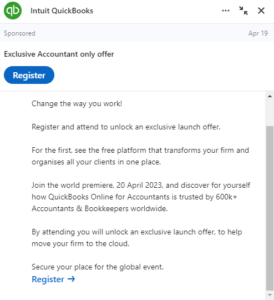
Optimize social media campaigns by choosing customers’ preferred social platforms. You also want to publish and engage consistently. It builds trust and familiarity with followers.
Google PPC
Pay-per-click marketing generates leads by allowing marketers to bid on keywords their Google Ads appear for. When potential leads use those search words, their web pages appear at the top of the results page.
See the example below.
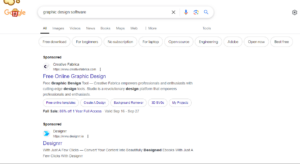
The top results for people looking for graphic design software are sponsored content.
46% of all clicks go to the top three ads, making it a worthwhile tactic. However, PPC marketing is expensive – you pay every time someone clicks the ad. So, use this only as a short-term lead generation strategy, with SEO best practices in place.
What Is Lead Nurturing?
Generating leads is the first part of the sales process.
Recall the scenario at the start of this article. It doesn’t necessarily follow that the prospects interested in your product will buy it. Lead generation statistics show that 56% of leads are not ready to buy in the first interaction. That’s where lead nurturing comes in.
Lead nurturing cultivates meaningful relationships with marketing-qualified leads by offering valuable resources to move them along your sales funnel. It involves segmenting potential prospects and delivering relevant and personalized content.
It takes multiple interactions to convert leads. However, consistent communication will increase trust, engagement, and readiness to buy.
Why Use Lead Nurturing Strategies?
Lead nurturing statistics show companies generate 50% more sales with effective lead nurturing. Furthermore, nurtured leads make 47% larger purchases than non-nurtured leads.
Here’s why:
- Help you understand audience needs (through consistent communication)
Lead nurturing gives you a deep understanding of your customers’ needs. Consistent communication and tracking their response to various product content provides insight into their pain points, jobs to be done, etc.
- Educate prospects
Showing potential customers why your solution is the best fit for them is better than telling them. Moreover, customers don’t always grasp the full range of your solutions. Lead nurturing allows you to educate potential customers about your products and how they address present or future needs.
- Help improve your reputation
People engage with businesses they trust. Lead nurturing cultivates meaningful relationships with potential customers by sharing valuable insights about their challenges and goals. It also helps establish and manage your reputation as a subject matter expert and industry leader.
- Improve your sales ratio
Lead nurturing involves personalized communication, and customers respond well to tailored marketing. Your sales team can optimize your efforts by sharing the right content with the right target. That keeps the sales cost ratio low and conversion rates high.
How to Properly Leverage Lead Nurturing as a Marketing Agency?
We’ve discussed the what and why of lead nurturing. Now, let’s tackle how to cultivate strong relationships with leads.
Ensure personalization
Customers expect tailored interactions with businesses. Addressing buyers by their names is a small part of personalization. You must also customize marketing content to their needs and preferences.
An effective way to personalize lead nurturing is mapping the buying process across your sales funnel. Knowing where your customers land in your funnel empowers you to create relevant content, enhancing user experience.
For instance, bottom-of-funnel content highlights why your solution is better than your competitors. That isn’t helpful information for a top-of-funnel lead learning how to resolve their challenges.
Ensure the right content at the right time as well. For instance, if a potential customer leaves a product in their cart but never pushes through with the purchase, send them an email that urges them to make the final product purchase, not one that introduces your company. You can leverage reputable email marketing services to send relevant emails to potential customers based on trigger events.
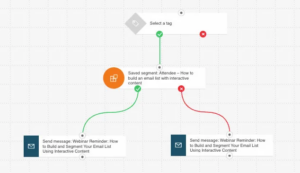
Example of an email automation workflow that’d start once a recipient receives a tag and then would tailor the communication to those who attended your webinar. Source: GetResponse
Make sure sales team follows up on qualified leads
It may seem obvious, but you’d be surprised how many leads fall through the cracks because sales teams don’t send timely follow-ups.
Speed to lead refers to how long businesses take to respond to a prospect’s interest. An MIT study found that leads turn cold ten minutes after the first expression of interest.
Automating lead routing decreases the speed to lead, enabling the sales team to quickly respond to customer trigger events while the purchase intent is high.
Remember, you’re building a relationship. So, make sure all your sales team members have an e-business card they can easily share when talking to potential customers.
Implement multi-channel marketing
Customers use many channels. So, if you only use email to nurture leads, you limit conversion opportunities.
Engaging potential clients on multiple channels – social media, webinars, podcasts, among others – widens your reach and guarantees touchpoints on their preferred channels. Furthermore, consistent messaging across several channels increases brand recall.
Since multi-channel marketing utilizes many tactics, collaboration between sales and marketing teams is necessary to ensure successful execution.
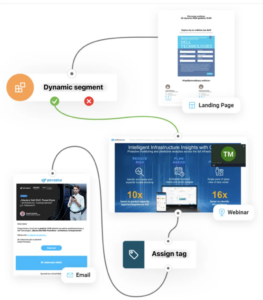
Example of how one marketing agency combines landing pages, webinars, and emails together. Source: GetResponse
Score leads with marketing automation
Lead scoring determines which prospective customers are worth following up with and which aren’t. It assigns points to qualified leads based on their willingness to purchase, empowering sales reps to prioritize and nurture promising leads.
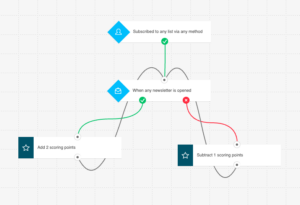
What a basic lead scoring workflow could look like. Source: GetResponse
The higher the score, the more valuable the lead is.
Typical criteria for lead scoring include:
- Demographic information: job title, industry, location, company size
- Engagement level: website visits, email opens, content sharing or downloads
- Lead source: referrals from industry events versus website forms
- Behavior: interaction with product, pricing, and blog pages.
Some marketing automation tools use machine learning to compare similar traits of past and current leads.
Conclusion
Without leads, companies can’t meet their goals. However, the quality of leads is just as important as quantity. Your business won’t grow with thousands of leads that don’t fit your ideal customer profile or aren’t ready to buy.
So, there shouldn’t be a lead generation vs lead nurturing debate to speak of. Businesses need both. They work together to supercharge your sales pipeline. Lead generation feeds your sales funnel, while lead nurturing moves them through the funnel.
When each process is optimized and executed well, you will see a correlating increase in your customer base and revenue.
